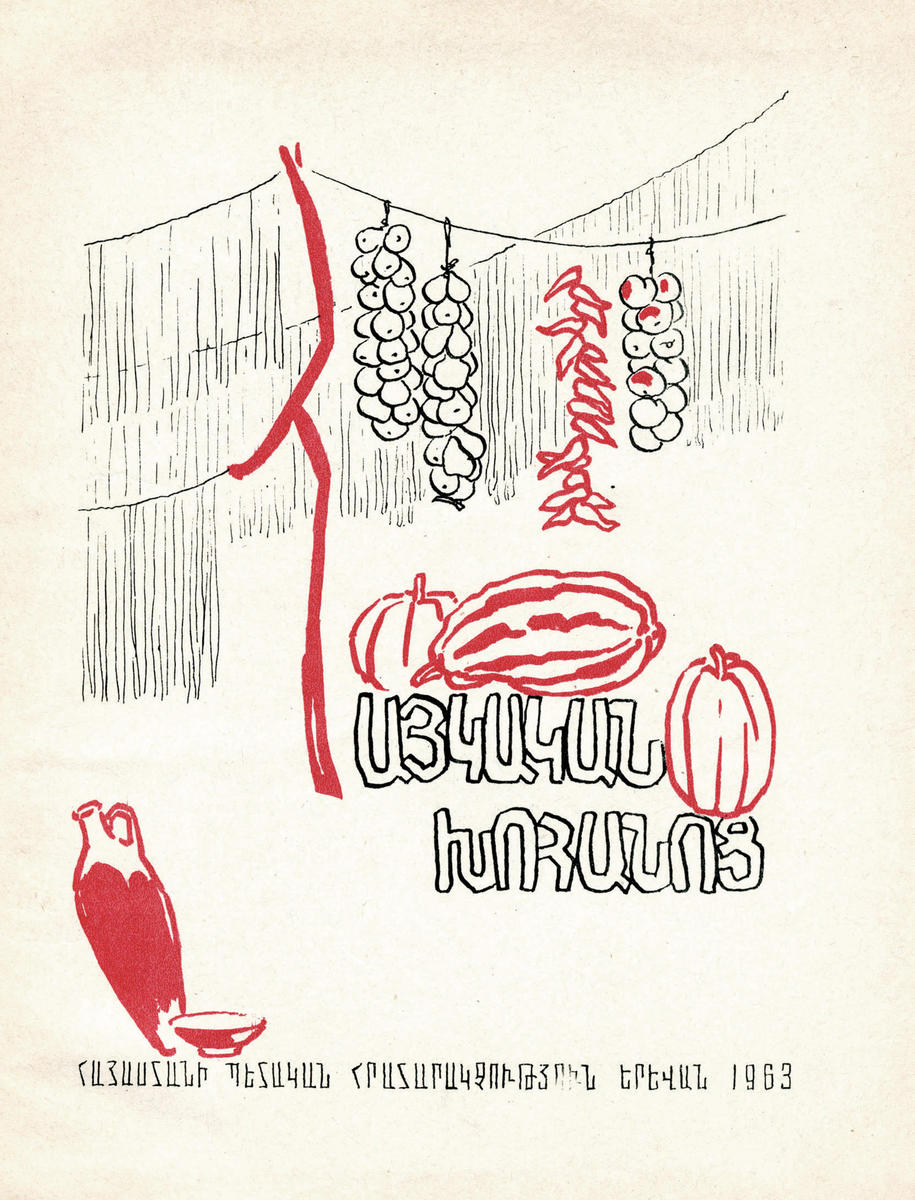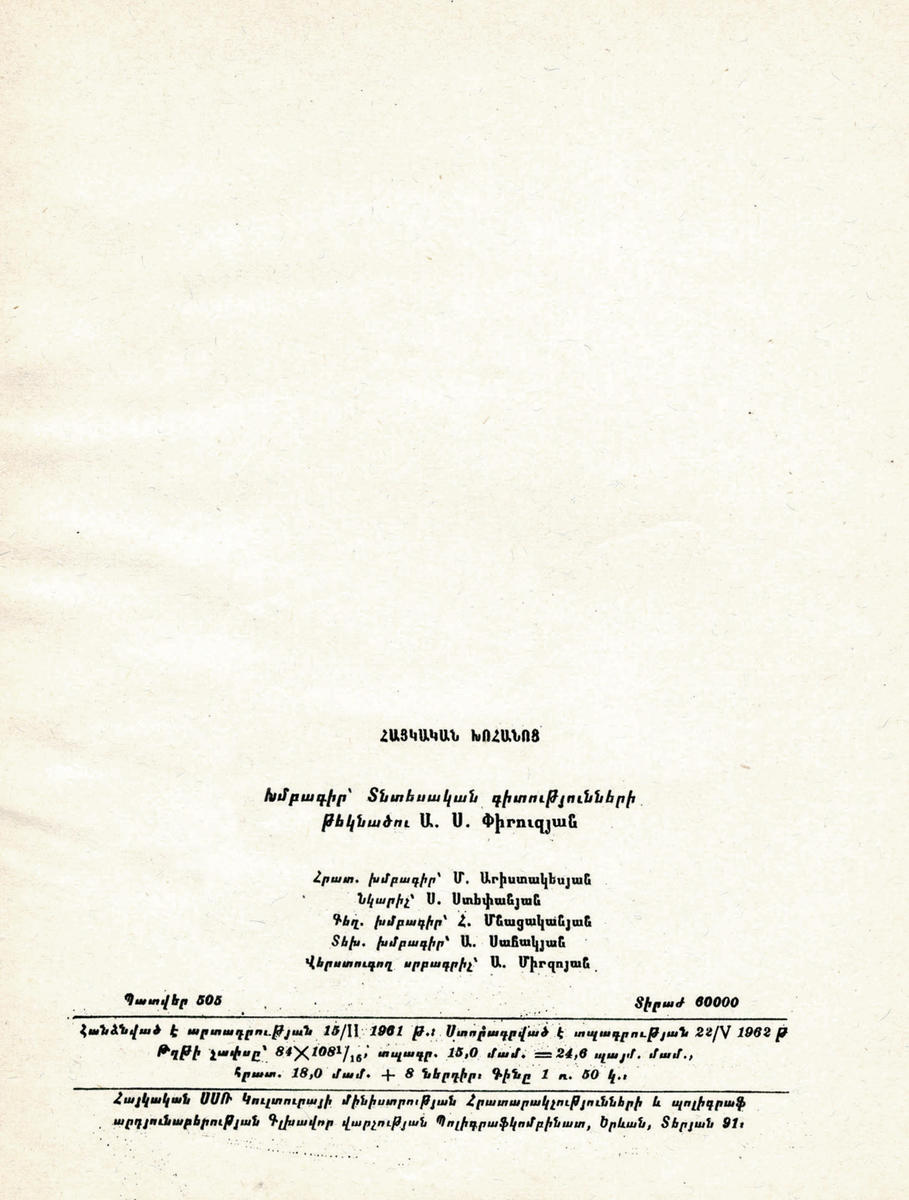
Soviet Armenia, the descendant of the Great October Socialist Revolution, is a good example of how building a socialist order has transformed our mountainous country and the lives of our people.
The ancient state of Urartu once occupied the area of the Armenian highlands. Its cultural monuments are still preserved in Armenia.
Armenia, being situated at the crossroads of East and West, has always been a very important junction for international exchange. However, this privilege makes it an apple of discord in the struggle between the Eastern and Western countries. Throughout the centuries, Armenians have had to struggle to preserve their independence and culture.
In those difficult periods of history, Armenians gained character traits such as endurance, fighting ability, stubbornness, diligence, and creativity, which gave birth to high cultural standards.
On November 29, 1920, Soviet order was established in Armenia. The great renaissance of our poor country began. Just like gardens of apple and peach blossoms under the warm sun, on the fertile soil of our country, in a short period of time and with the help of the great Russian brother-nation, Armenia grew from a retarded suburb of Russia to a flourishing socialistic republic in the peaceful family of soviet nations.
In implementing V. I. Lenin’s instructions on socialistic industrialization, the Communist Party of the Soviet Union has always paid special attention to national republics that were economically retarded during the Tsarist regime.
The remarkable results of the party’s policies are manifest in the example of Armenia. Years of building socialism have led our country to remarkable progress in the area of economic development, mainly in the industrial field.
The GDP of Soviet Armenia grew dozens of times after the October Revolution. The Armenian village has changed cardinally. The collective economy created necessary prerequisites for overcoming enduring poverty and providing for the growth of agricultural production.
Armenia is one of the oldest agricultural centers in the Soviet Union. Archaeologists have unearthed evidence that Armenians cultivated soil for thousands of years before us. But before the October Revolution, our villagers cultivated their fields with very old tools, almost like the ones used at the beginning of our century.
Armenia has never seen such population growth as now. In 1957 the average growth of population for every thousand was 31.1 percent. If in pre-Revolution times thousands of people left Armenia every year, then during Soviet rule almost 175,000 people returned home.
The poor and retarded city with clay houses and muddy streets has now become one of the most beautiful cities in the USSR, with a population of more than one million.
The splendid seven-year working plan, accepted at the 21st Conference of the Communist Party, provides for perfect prospects for the future development and flourishing of Soviet Armenia.
Life will be more joyful. The shops will be full of a variety of goods. Synthetic fabrics will compete with natural ones. Agriculture will fully provide the country with fruits and vegetables, wine, meat, oil, milk, and other goods.
The main goal of Armenian Cuisine is to help cooks and housewives to cook nourishing, tasty, and healthy dishes. This book describes the principles of Armenian cuisine and offers 500 recipes prepared by skilled and professional cooks, scientists, engineers, and housewives.
